
This sounds like just another one of those buzz word things – so what am I talking about?
Every business wants their customers to be happy with the service and experience they receive. But, unless you have your customers in mind at every single touch point, you could be missing out on some great opportunities to delight them and keep them coming back for more.
What is a touchpoint? According to SurveyMonkey, the definition of a touchpoint is “…any time a customer or potential customer comes into contact with your brand…before, during or after they purchase something from you”
You may have great products, delivered on time and with a smile, but if your advertising isn’t on target, or they receive billing mistakes, or have to deal with a clumsy and clunky website, you can scare your customers away. Luckily, these touchpoints are easily fixed and within our control.
Let’s take a look at the general touchpoints a customer will come across…these are just some examples.
Before a sale – Social Media sites, Website, Customer reviews, Advertising/Marketing.
During a sale – Shop or office, Catalogue, Phone.
After a sale – Billing, Emails, Newsletter
Make a list of the touchpoints your customers have with you, then look at them in turn, e.g. your website…is it easy to navigate? Do the tabs point to the right things? Do the links work? Are you easy to contact? Do customers get a quick reply if they do contact you?
Supercharge your touchpoints
Now it’s time to supercharge your touchpoints for a better customer experience.
Personal touch – Try and speak to a customer wherever you can as most people like to be treated as individuals. I prefer to speak to a real person, not an automated service as I can ask questions and, if there is something I don’t understand, I can simply ask. It is also easier to build a relationship with your customers if you actually take the time to talk to them, as it makes them feel valued. They will feel that they are important to you and your business, that their custom is appreciated and that their opinion matters.
Consistent Service levels – Be consistent across all your dealings with customers, not just on the phone. You have won their custom and now it is time to build their loyalty and gain that all important customer satisfaction. So, not only ensure that you give excellent customer service on the telephone, ensure that they receive the same experience if they email you, such as a prompt reply, with the answer or solution they want wherever possible.
Know your customers – Know what your customers want and who they are. If you can solve a problem for a customer, do it…they will always remember that you went that extra mile…and will recommend you to family and friends. Something that you did this year that went really well, might not work next year – never make assumptions where your customers are concerned. One of the simplest ways to know what your customers want is to ask them. This could be via a courtesy phone call (but be careful not to be a nuisance), via a short survey or hold an event, where you can interact directly with your customers and they can see who you are and meet you properly.
Resolve any mistakes – If you make a mistake, own up to it and put it right quickly. Don’t blame anyone else, just resolve it and offer some kind of compensation, such as 10% off their next order. The four step system is a good way to deal with complaints.
Listen to the complaint…don’t argue or put the blame on someone else – the customer doesn’t want to hear this – he/she just wants you to listen to what they have to say.
Acknowledge the complaint – let the customer know that you understand their complaint by relaying it back to them. This not only shows that you have been listening but gives hope that something will be done. Thank them for bringing the situation to your attention and assure them that something will be done.
Solve the complaint – if you can, resolve the issue, keeping the customer informed along the way. In the first instance, after you have acknowledged the complaint, say that you will look into it and will get back to them within 24 hours – even if you haven’t resolved the problem yet, ring them within 24 hours to let them know what’s happening. Keeping them informed every step of the way is very important in keeping that customer in future and lets them know that they are a valued customer.
Thank them – you have already done this when you acknowledged the complaint but do it again. If the issue has taken or is like to take a long time to resolve, maybe offer them some kind of compensation – a money-off voucher or a free gift.
Appreciate your customers – Let your customers know they are valued, e.g. send regular customers a ‘thank you’ card, or give them a money off voucher for being loyal, or ask if they’d like their purchases gift-wrapped.
It’s also really crucial to look past the sale…once your customer has bought something from you, don’t make it the last time they hear from you…follow up the sale and ask how they are getting on with the product. Are they happy with it? Do they think it could be improved? Do they have any questions about that or any other product that you sell? They may tell you about a problem they have that you can solve for them, or give you an idea for a new product.
If your customers are really happy with the goods and/or services they receive from you, ask them if they could write a short review, either on your Facebook page or on your website…or if they prefer, they can send to you on email. Ask if it’s OK to share their review with other customers and potential customers.
Whether your business is a huge concern, or just a one-man/woman team, excellent customer service must be at the heart of everything you do. It can take extra time and resources, time and money, but good customer service leads directly to customer satisfaction, which can generate great business for you via word of mouth. It can also you’re your business thrive and ultimately be a success. Never underestimate the power of good customer service – it’s your businesses life-blood.
Please feel free to email me if you have any questions or need any help with your marketing. I offer a free discovery call to discuss your business and how I can help.



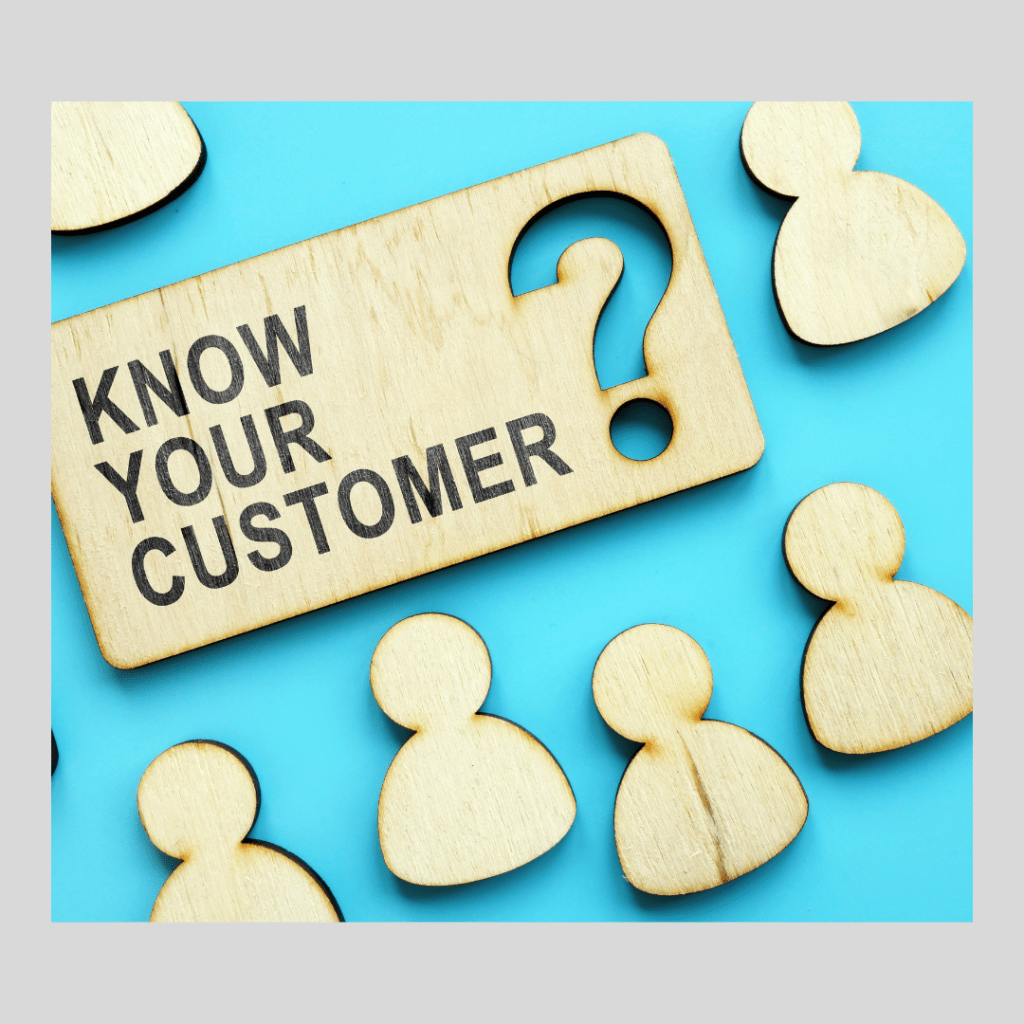




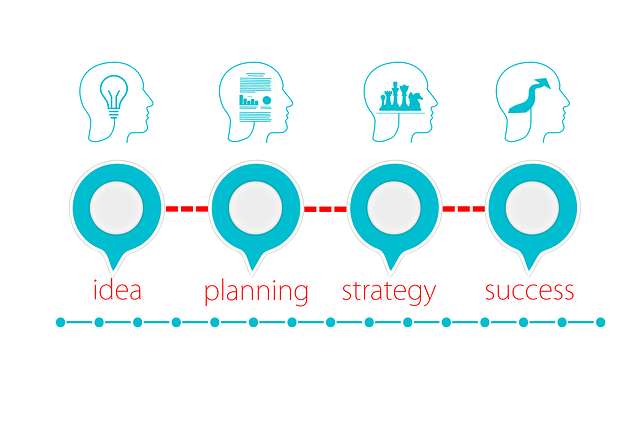





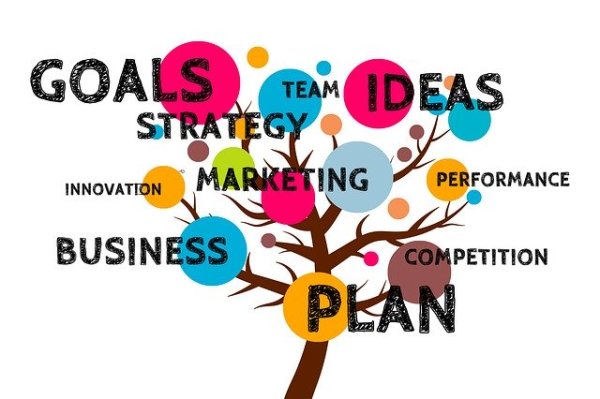
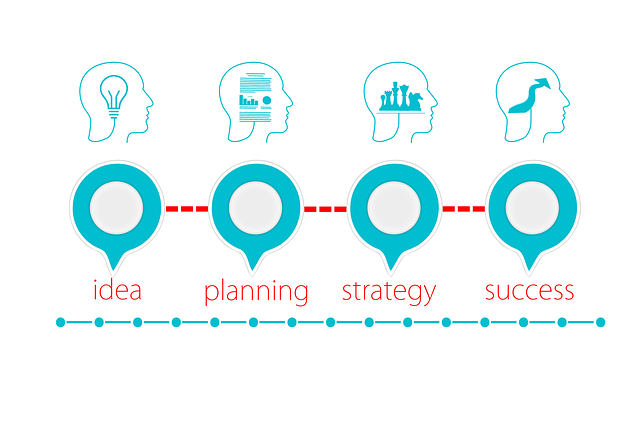

 To ascertain your business goals or milestones. Your business plan will make you think about what you want to achieve with your business and where you see yourself in a year’s time… in five years’ time or more. You can plan not only your long-term goals, but also some quick wins and short term plans. They are significant events that you want to achieve, such as building a website, launching new products/services, producing a brochure and also things like getting your first 100 or 1000 followers on social media.
To ascertain your business goals or milestones. Your business plan will make you think about what you want to achieve with your business and where you see yourself in a year’s time… in five years’ time or more. You can plan not only your long-term goals, but also some quick wins and short term plans. They are significant events that you want to achieve, such as building a website, launching new products/services, producing a brochure and also things like getting your first 100 or 1000 followers on social media. To understand and know your customers. Planning makes you look at your customers; who are they? Why do they buy your products and why do they buy when they do? Do they belong to an average age group or geographic region? An in-depth customer analysis will help you understand what makes your customers tick and how you can better serve them and give them what they want.
To understand and know your customers. Planning makes you look at your customers; who are they? Why do they buy your products and why do they buy when they do? Do they belong to an average age group or geographic region? An in-depth customer analysis will help you understand what makes your customers tick and how you can better serve them and give them what they want. To determine your financial needs. Do you need to raise money to buy stock and how are you going to do this? Are there training opportunities for you, so you can learn more about what you do, that incur a cost? How will you factor this in? If you need a big financial injection, you will need to look at loans or investors…your plan will then need to be very specific around how you will be able to afford this kind of investment and what your return will be.
To determine your financial needs. Do you need to raise money to buy stock and how are you going to do this? Are there training opportunities for you, so you can learn more about what you do, that incur a cost? How will you factor this in? If you need a big financial injection, you will need to look at loans or investors…your plan will then need to be very specific around how you will be able to afford this kind of investment and what your return will be. To pinpoint your brand. Creating a business plan makes you focus on what your brand is; helps you describe your business succinctly and decide how you will position your brand to your customers and target market.
To pinpoint your brand. Creating a business plan makes you focus on what your brand is; helps you describe your business succinctly and decide how you will position your brand to your customers and target market. It’s September already and it never ceases to amaze me how quickly time seems to pass. When I was a kid and it was the summer holidays, they seemed to go on forever…nowadays the year seems to pass quicker than those summer holidays! Must be an age thing!
It’s September already and it never ceases to amaze me how quickly time seems to pass. When I was a kid and it was the summer holidays, they seemed to go on forever…nowadays the year seems to pass quicker than those summer holidays! Must be an age thing! Anyway, I digress! Whilst I’m waiting for the second baby to arrive, I will be reviewing both our businesses. This time of year is perfect for doing this for everyone…you’re coming to the end of the summer season and, dare I say it, Christmas will be fast approaching, so now is the time to look at the business plan you did at the beginning of the year. If you’ve been very efficient, you may have already reviewed it once or twice already. So, are you on track to do the things you wanted to do? If not, what are the reasons? It could be that some of the goals you set yourself are too big, so you could cut some of them down into sizable and achievable chunks. Maybe the goals you set were too adventurous…in which case, you could put one or two on the back burner for next year…of course, you might just need to push yourself that little bit harder to achieve them. It’s totally up to you how you approach goals that have not yet been reached.
Anyway, I digress! Whilst I’m waiting for the second baby to arrive, I will be reviewing both our businesses. This time of year is perfect for doing this for everyone…you’re coming to the end of the summer season and, dare I say it, Christmas will be fast approaching, so now is the time to look at the business plan you did at the beginning of the year. If you’ve been very efficient, you may have already reviewed it once or twice already. So, are you on track to do the things you wanted to do? If not, what are the reasons? It could be that some of the goals you set yourself are too big, so you could cut some of them down into sizable and achievable chunks. Maybe the goals you set were too adventurous…in which case, you could put one or two on the back burner for next year…of course, you might just need to push yourself that little bit harder to achieve them. It’s totally up to you how you approach goals that have not yet been reached.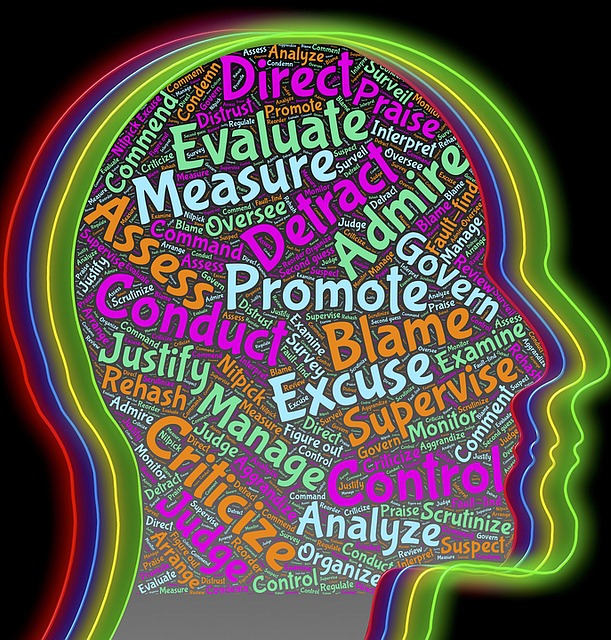 Now is also the time to plan for the rest of the year – what are you going to do on Social Media? What blogs are you planning to write? Make a list and try and stick to the schedule. Do you have any events coming up, such as networking events, markets, craft fayres etc? If you do, plan how you can be more efficient and get more sales or meet more people.
Now is also the time to plan for the rest of the year – what are you going to do on Social Media? What blogs are you planning to write? Make a list and try and stick to the schedule. Do you have any events coming up, such as networking events, markets, craft fayres etc? If you do, plan how you can be more efficient and get more sales or meet more people. Finally, we all like to learn new things, so make sure you are up to date with the latest news and technology – is there a social media site you’d like to learn more about? There are lots of free courses online so take advantage of them and learn something new to help your company progress. If you don’t have time to do this or learn new things this year, put them into plan, so you add them into your business plan for next year.
Finally, we all like to learn new things, so make sure you are up to date with the latest news and technology – is there a social media site you’d like to learn more about? There are lots of free courses online so take advantage of them and learn something new to help your company progress. If you don’t have time to do this or learn new things this year, put them into plan, so you add them into your business plan for next year.
 If you don’t send content out at the right time, then you are wasting your time. You need to firstly understand your audience or intended audience – what do your customers want? Do your customers or potential customers have questions that you can answer? Do you have solutions to your customers’ problems? If you are aware of these things, you can plan to put content out at the right time.
If you don’t send content out at the right time, then you are wasting your time. You need to firstly understand your audience or intended audience – what do your customers want? Do your customers or potential customers have questions that you can answer? Do you have solutions to your customers’ problems? If you are aware of these things, you can plan to put content out at the right time. December and January is the ideal time for you to look at planning for next year. It’s time to take stock and look back over the last year – what worked well for your business and what didn’t work so well? Which way are you going next year?
December and January is the ideal time for you to look at planning for next year. It’s time to take stock and look back over the last year – what worked well for your business and what didn’t work so well? Which way are you going next year? If you haven’t asked for feedback, then why not do it now? Why not send out a short survey asking some questions to help you decide which way to go next year – get your current customers’ opinions and ideas – their input could open a whole new market to you.
If you haven’t asked for feedback, then why not do it now? Why not send out a short survey asking some questions to help you decide which way to go next year – get your current customers’ opinions and ideas – their input could open a whole new market to you.


 choosing your products or services?
choosing your products or services? – Are you likely to have cash flow problem – if so, how will you deal with it?
– Are you likely to have cash flow problem – if so, how will you deal with it? necessary.
necessary.